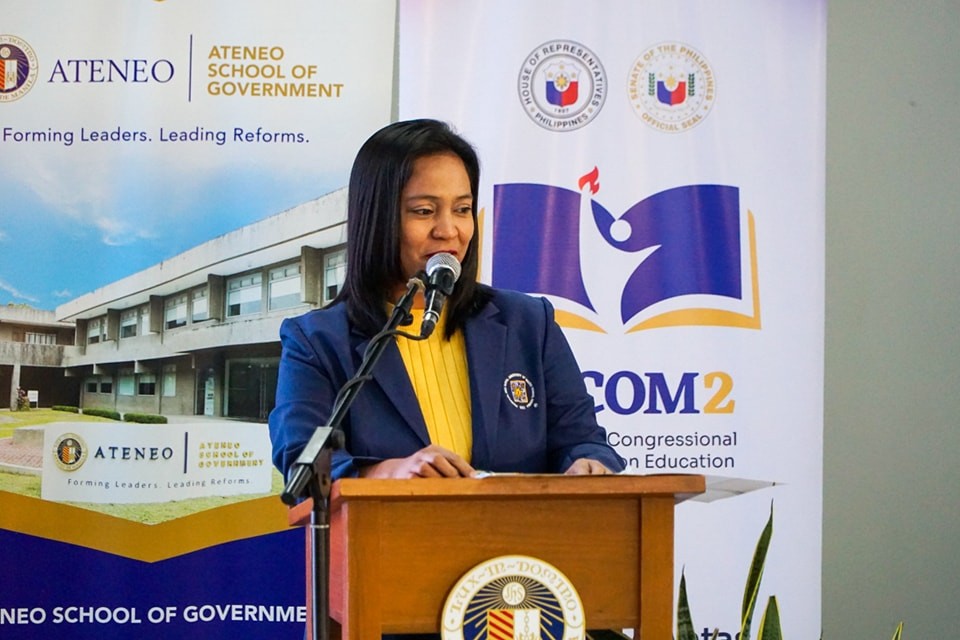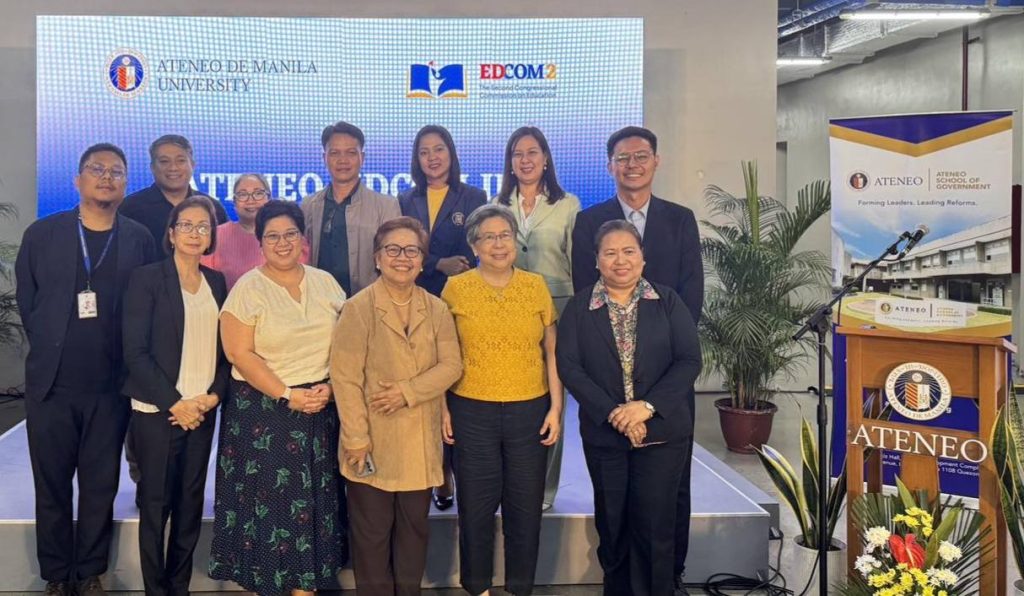Senior high school students and college students surveyed by Prof. Rosalyn G. Mirasol, PhD of the Research Center for Social Sciences and Education bared an altruistic motivation to pursue teaching: to shape the children’s future and to make a social contribution. But will these be enough to make them actually pursue teaching? In a study funded by the Second Congressional Commission on Education (EDCOM 2), Mirasol provided recommendations on how to complement these altruistic intentions with concrete reforms.
Presenting the initial findings of her study “Integrating Multiperspectivity in Encouraging Students to Enter the Teaching Profession: Contexts, Challenges, and Causality,” Mirasol looked into the demographic characteristics of those enrolled in the academic track – humanities and social sciences strand of senior high school and in tertiary teacher education programs to determine factors that will predict their intent to consider teaching as a career and whether they feel this is the best career option.



Combining surveys and focus group discussions, the study uncovered low interest to teach among SHS students, who expressed uncertainty about job satisfaction and economic returns. Though they considered teachers to be crucial in society, concerns about salary and workload weighed heavily on SHS students.
In contrast, education students revealed long-held childhood aspirations to teach and find it fulfilling. They agree that teachers receive support and believe that teaching provides long-term career growth.
Mirasol recommended the engagement of the community, as well as mentoring and career guidance in basic education to help promote teaching as a career. School-industry partnerships as well as incentives and support for those pursuing teaching may also be explored. Finally, the promotion of diversity and inclusion is seen as a possible way of increasing the base of future teachers.
Mirasol teaches at the Department of English and is an academic researcher of the Research Center for Social Sciences and Education. The study is funded by the Ateneo de Manila University – EDCOM II partnership and was presented on March 12, 2025.


